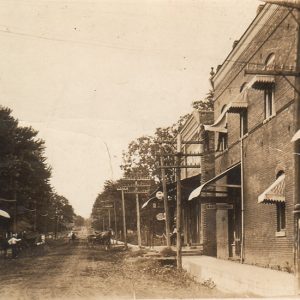 Prairie Grove Street Scene
Prairie Grove Street Scene
Entry Category: Cities and Towns - Starting with P
 Prairie Grove Street Scene
Prairie Grove Street Scene
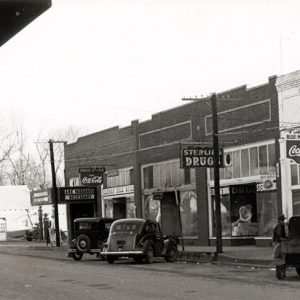 Prairie Grove Street Scene
Prairie Grove Street Scene
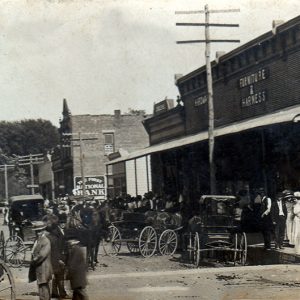 Prairie Grove Street Scene
Prairie Grove Street Scene
 Prairie Grove Train Station
Prairie Grove Train Station
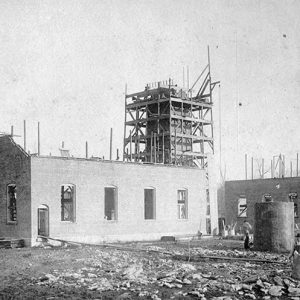 Prairie Oil and Gas
Prairie Oil and Gas
 Entering Prairie View
Entering Prairie View
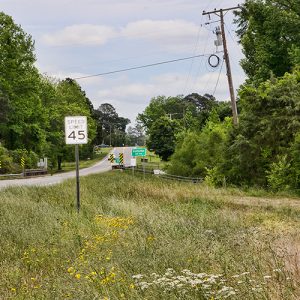 Prattsville
Prattsville
 Prattsville
Prattsville
Prattsville (Grant County)
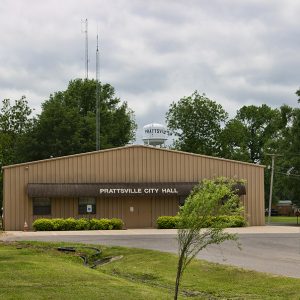 Prattsville City Hall and Water Tower
Prattsville City Hall and Water Tower
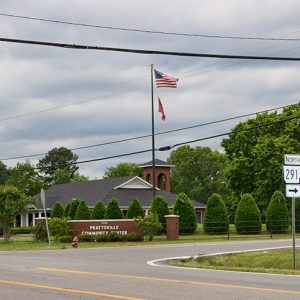 Prattsville Community Center
Prattsville Community Center
 Prattsville High School
Prattsville High School
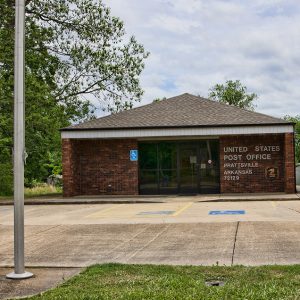 Prattsville Post Office
Prattsville Post Office
 Prattsville Street Scene
Prattsville Street Scene
 Presbyterian Church
Presbyterian Church
Prescott (Nevada County)
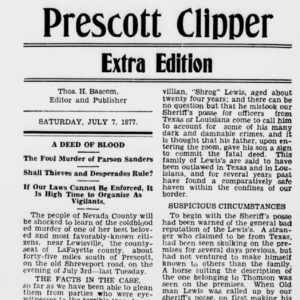 Prescott Clipper
Prescott Clipper
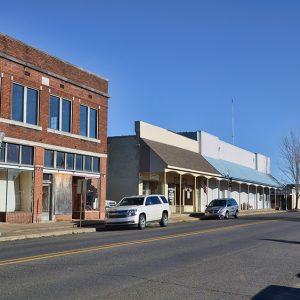 Prescott Commercial Historic District
Prescott Commercial Historic District
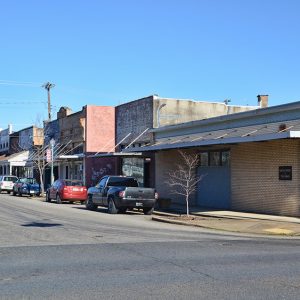 Prescott Commercial Historic District
Prescott Commercial Historic District
 Prescott Commercial Historic District
Prescott Commercial Historic District
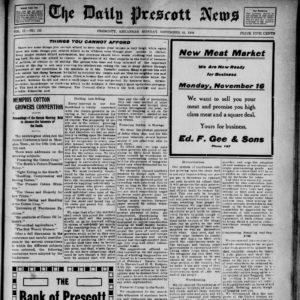 Prescott Daily News
Prescott Daily News
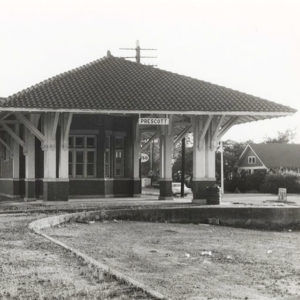 Prescott Depot
Prescott Depot
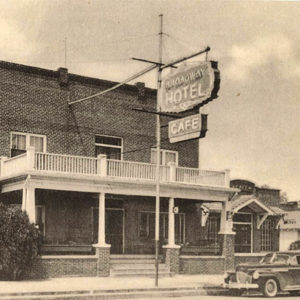 Prescott Hotel
Prescott Hotel
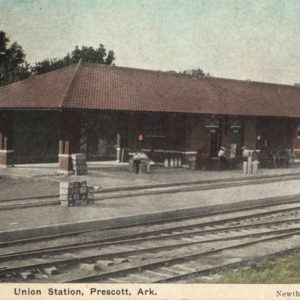 Prescott Union Station
Prescott Union Station
 Prescott Water Tower
Prescott Water Tower
 President Truman at Bull Shoals
President Truman at Bull Shoals
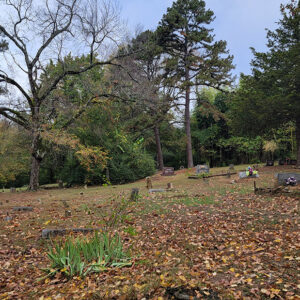 Price Cemetery
Price Cemetery
 Price Cemetery
Price Cemetery
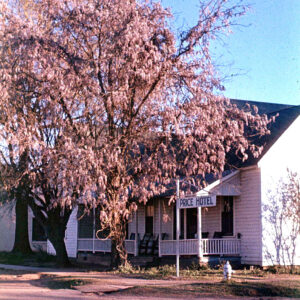 Price Hotel
Price Hotel
 Price Produce and Filling Station
Price Produce and Filling Station
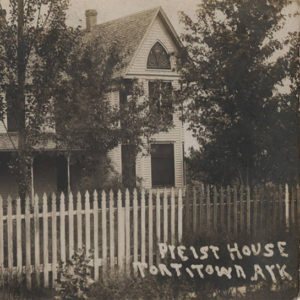 Priest House
Priest House
Prim (Cleburne County)
 Entering Princeton
Entering Princeton
Princeton (Dallas County)
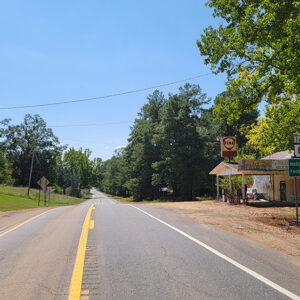 Princeton Street Scene
Princeton Street Scene
 Protective Gazebo
Protective Gazebo
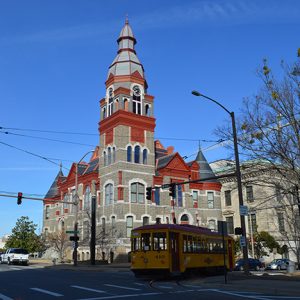 Pulaski County Courthouse
Pulaski County Courthouse
Pulaski Heights (Pulaski County)
 Pulaski Heights Bridge
Pulaski Heights Bridge
 Pulaski Heights Display
Pulaski Heights Display
 Pulaski Heights History
Pulaski Heights History
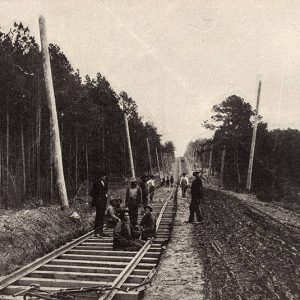 Pulaski Heights Line
Pulaski Heights Line
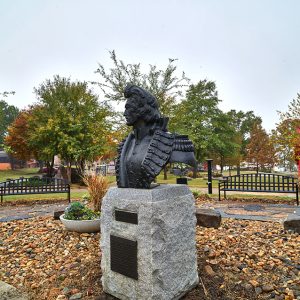 Casimir Pulaski Bust
Casimir Pulaski Bust
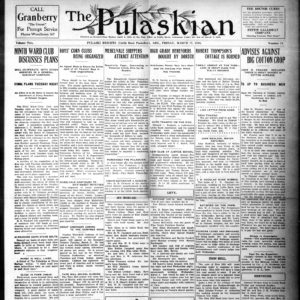 Pulaskian
Pulaskian
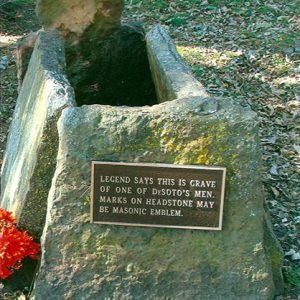 Purported de Soto Soldier Grave
Purported de Soto Soldier Grave
Puryear (Scott County)
Pyatt (Marion County)
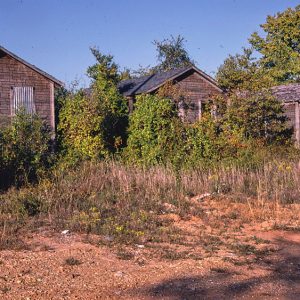 Pyatt Cabins
Pyatt Cabins
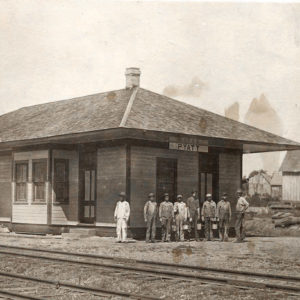 Pyatt Depot
Pyatt Depot




